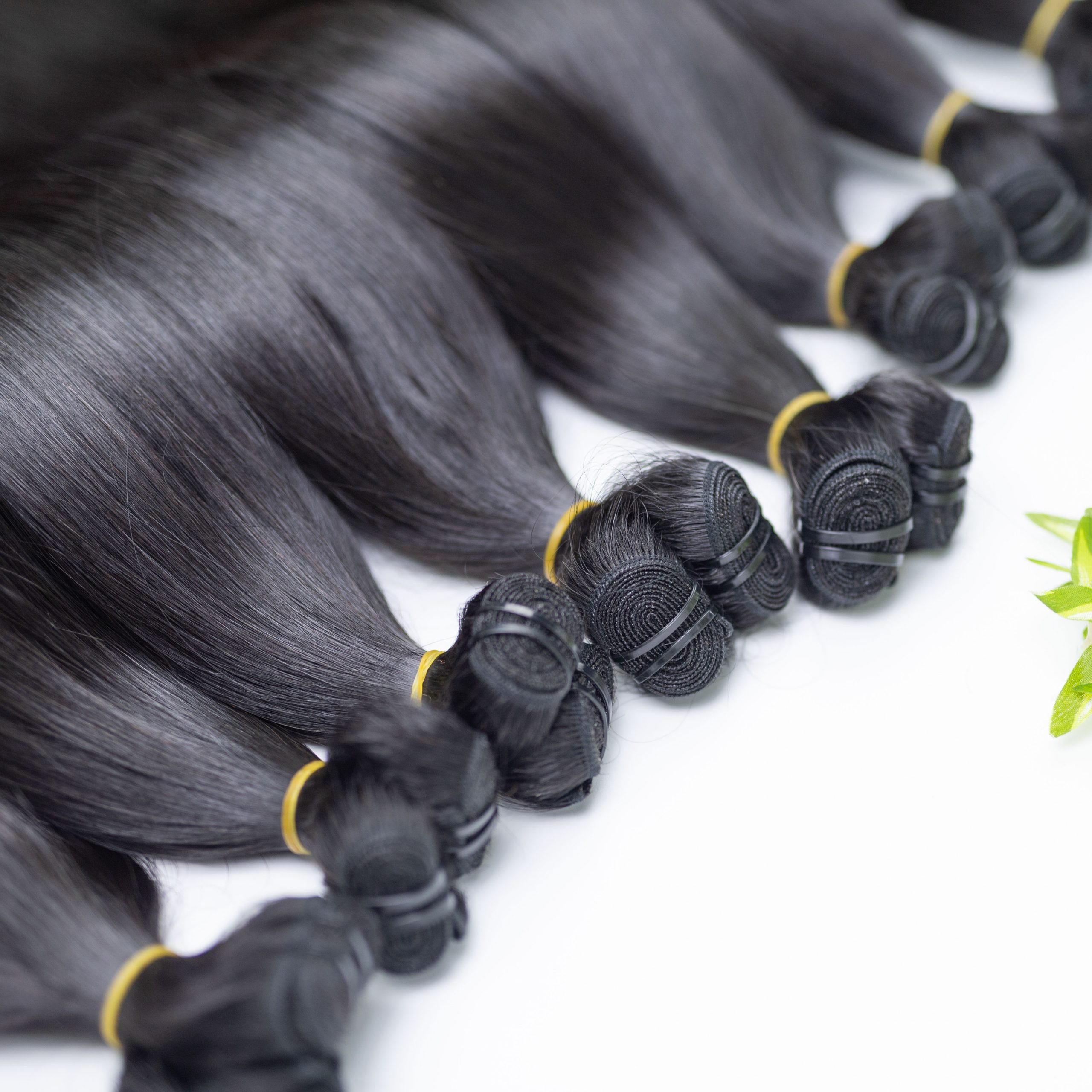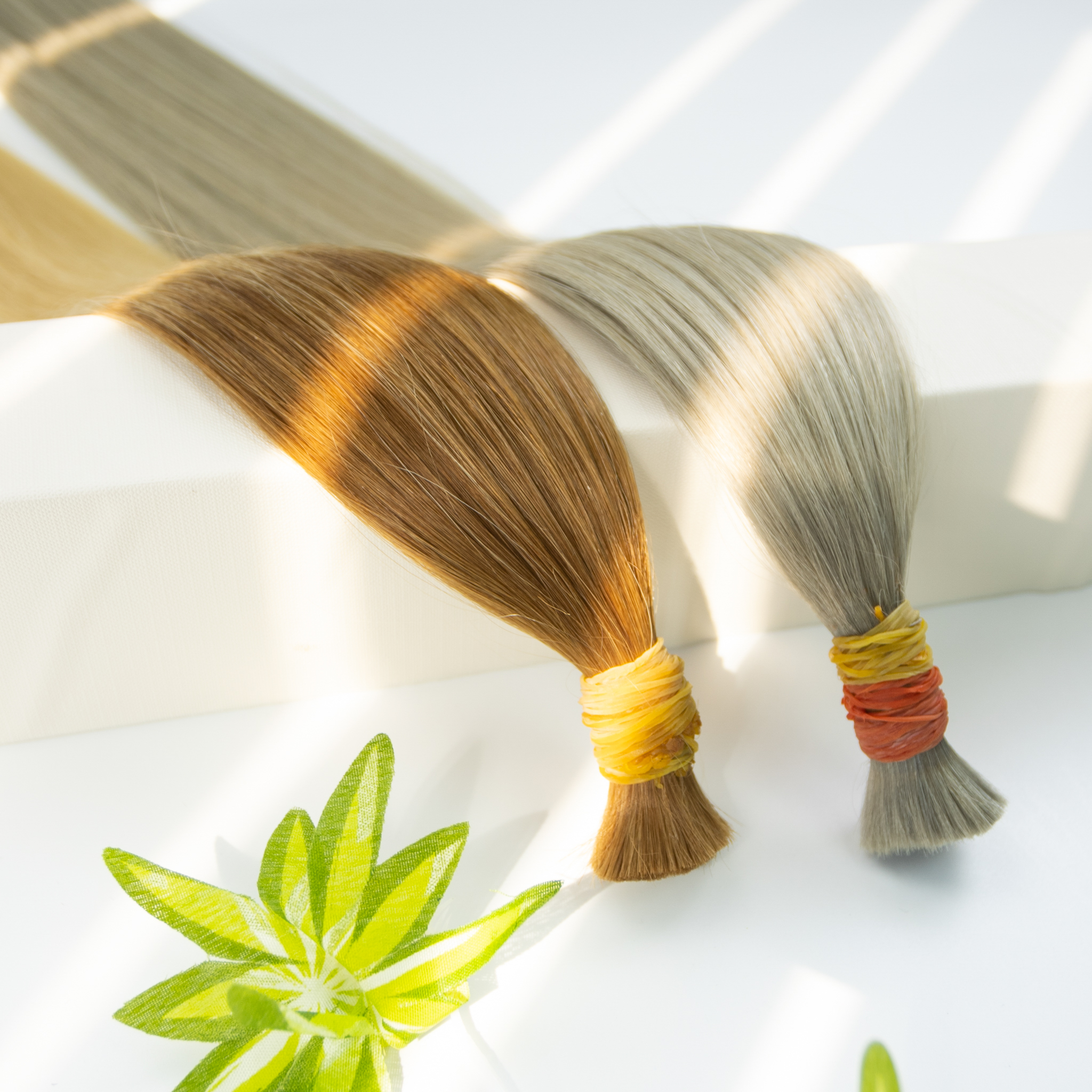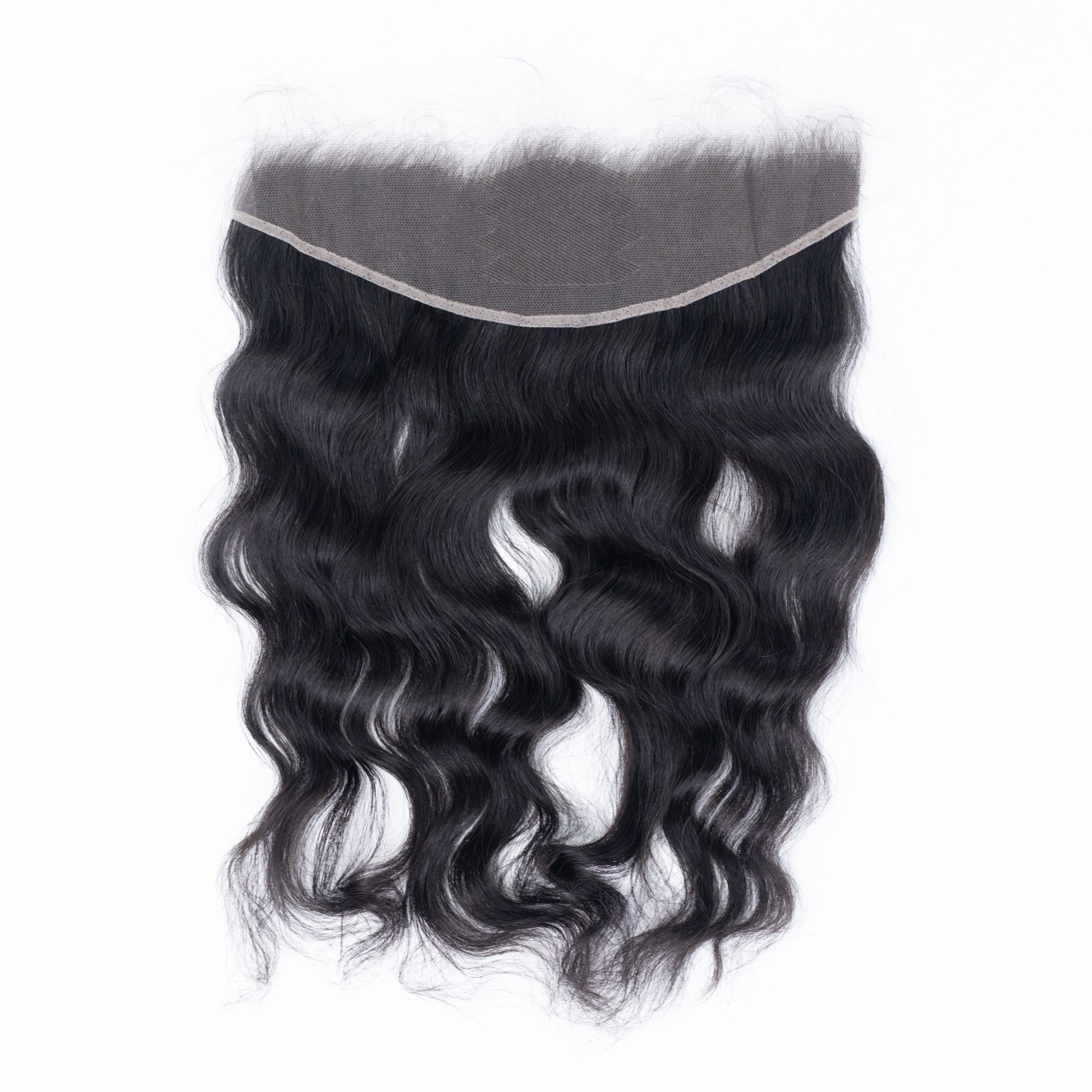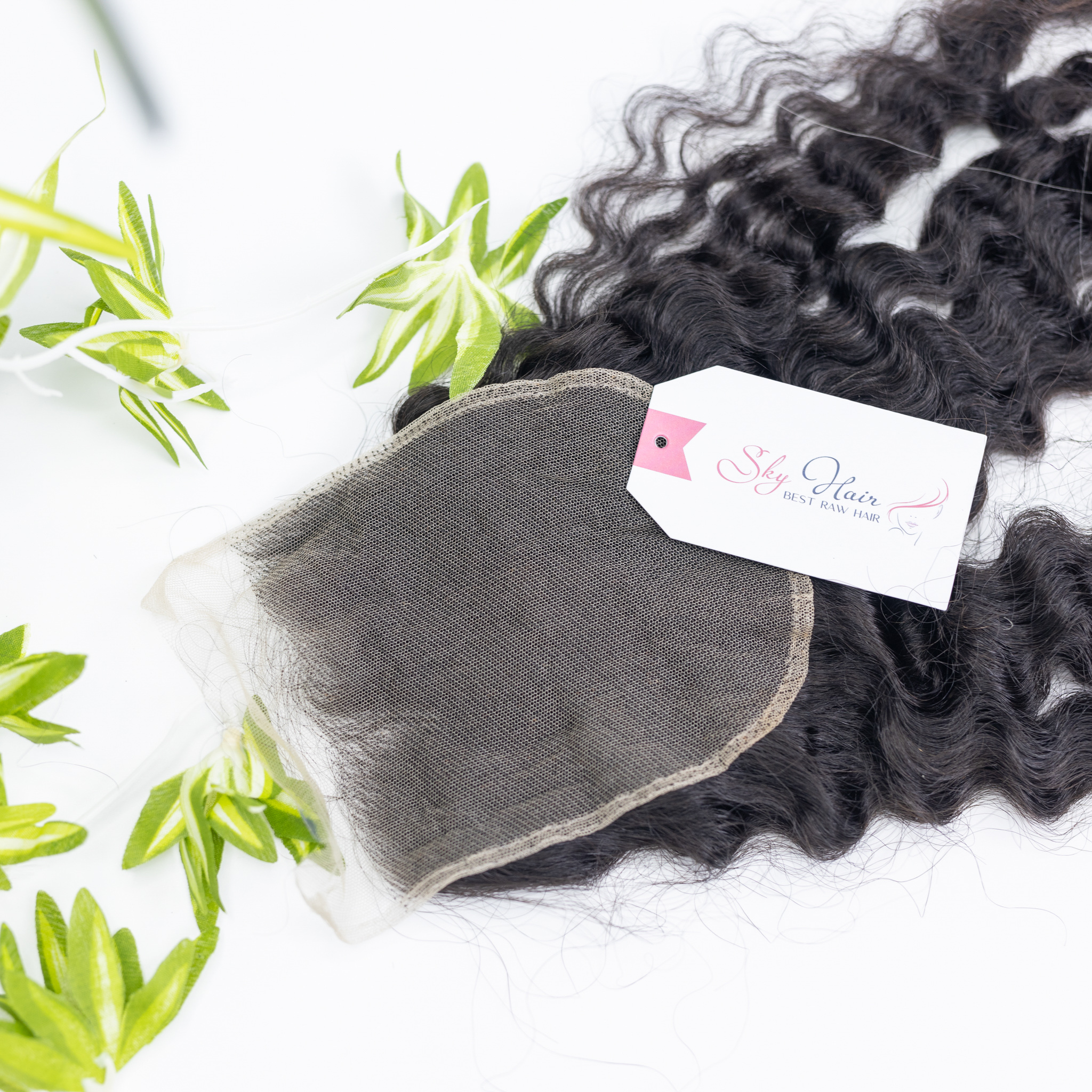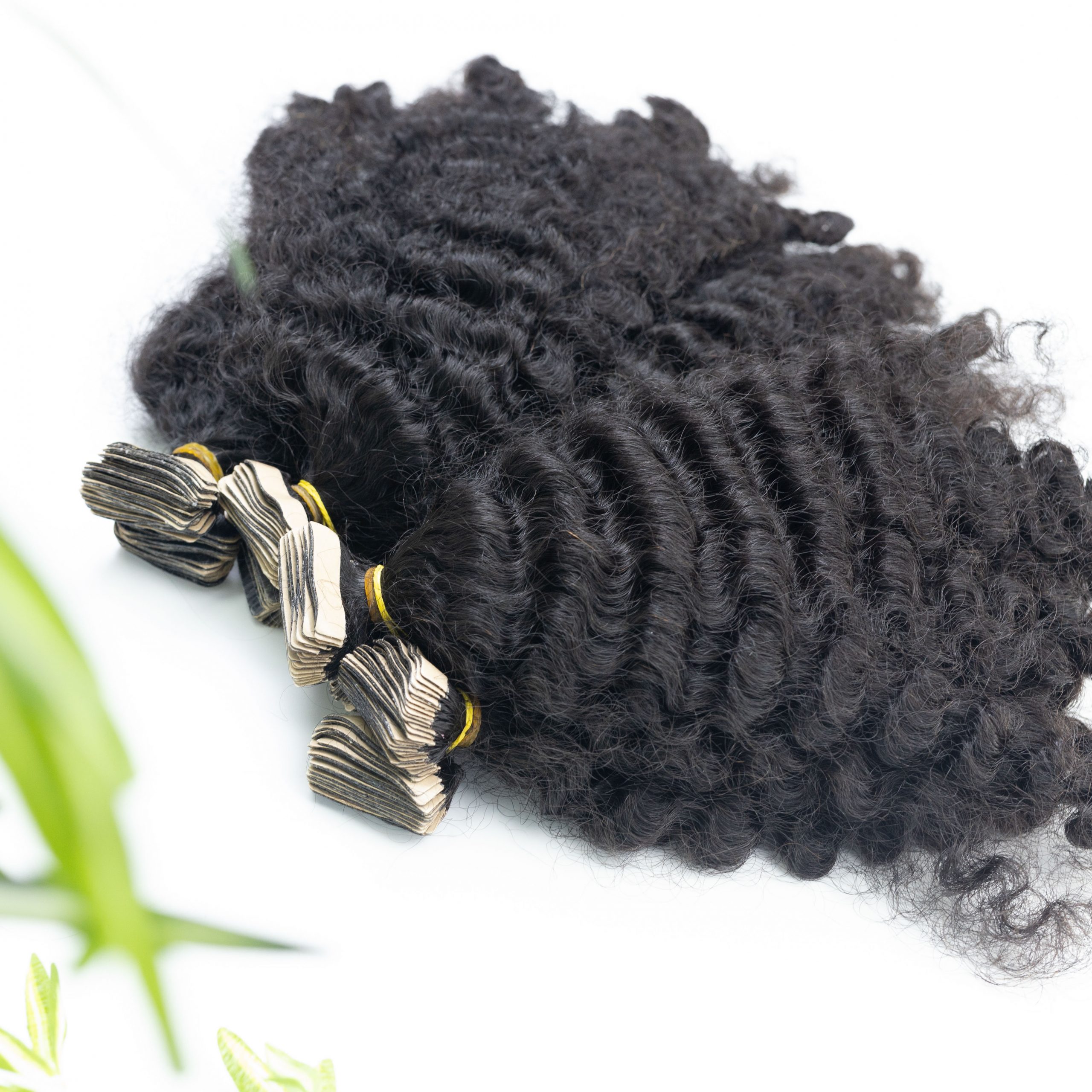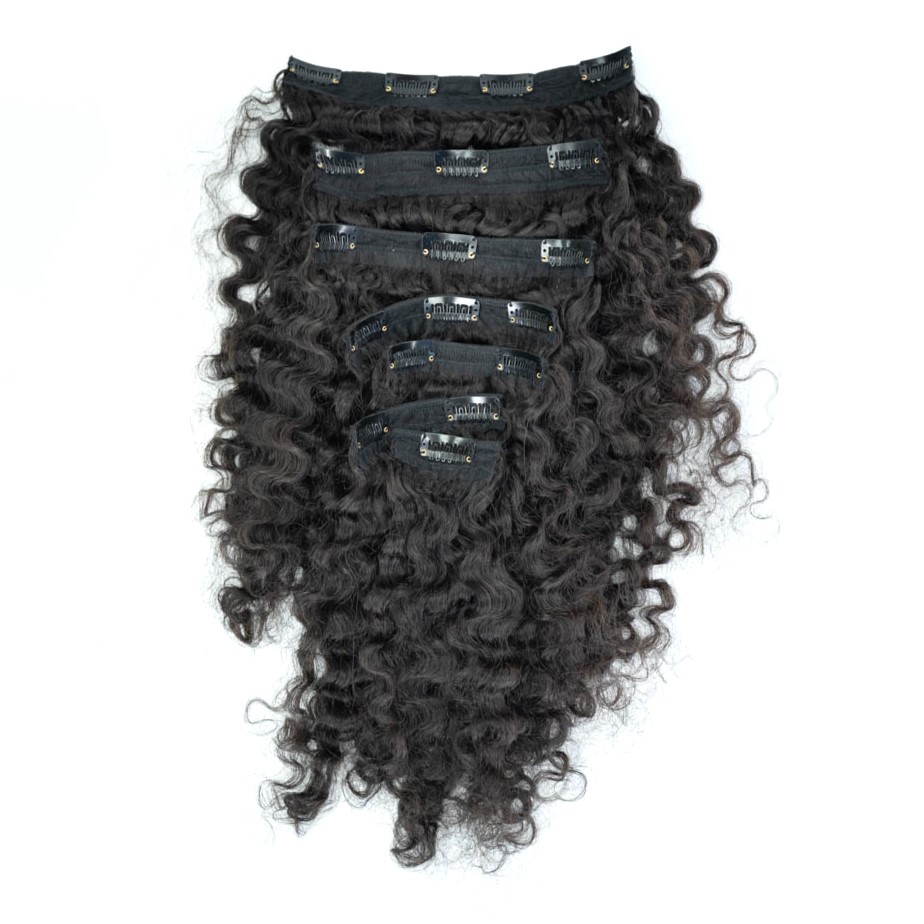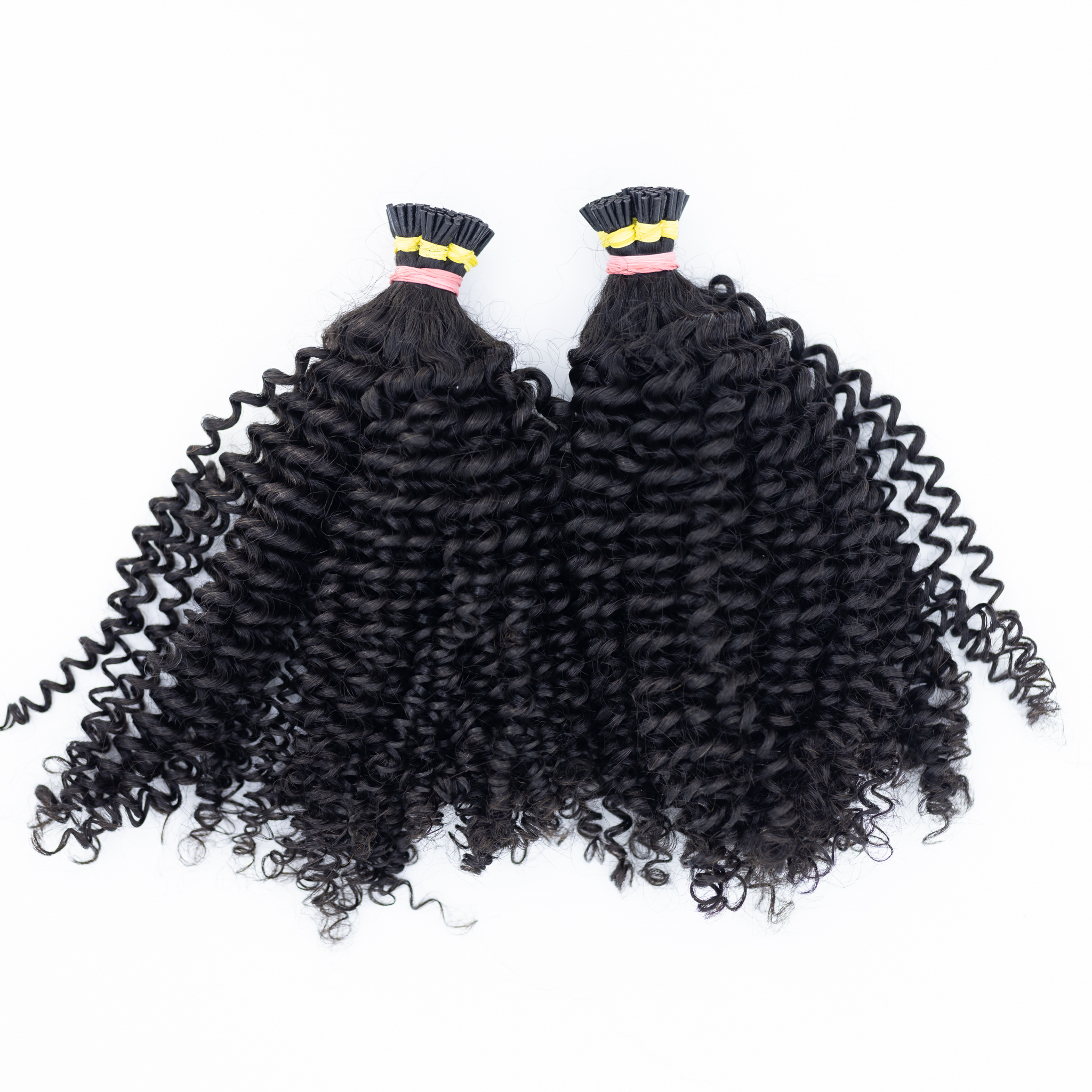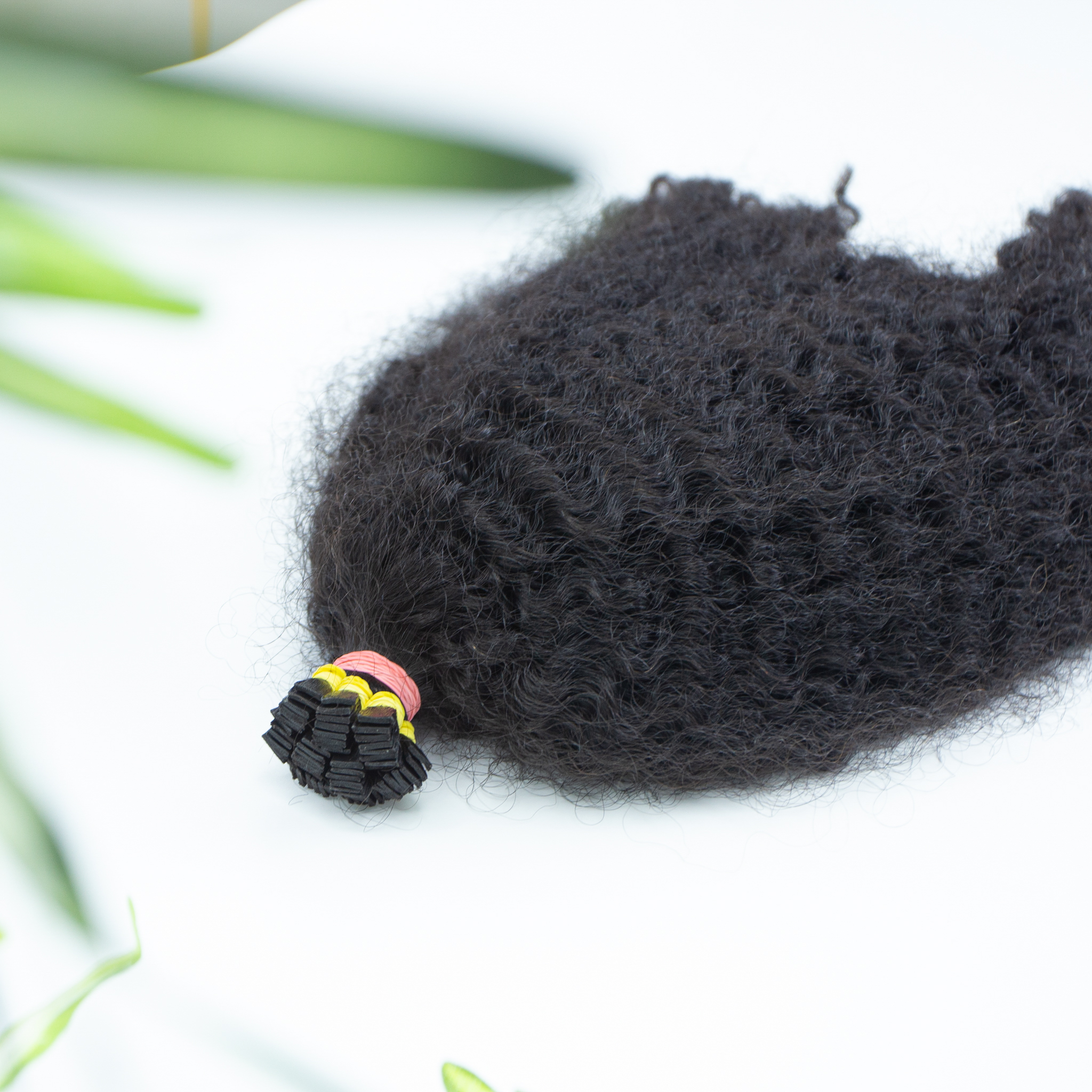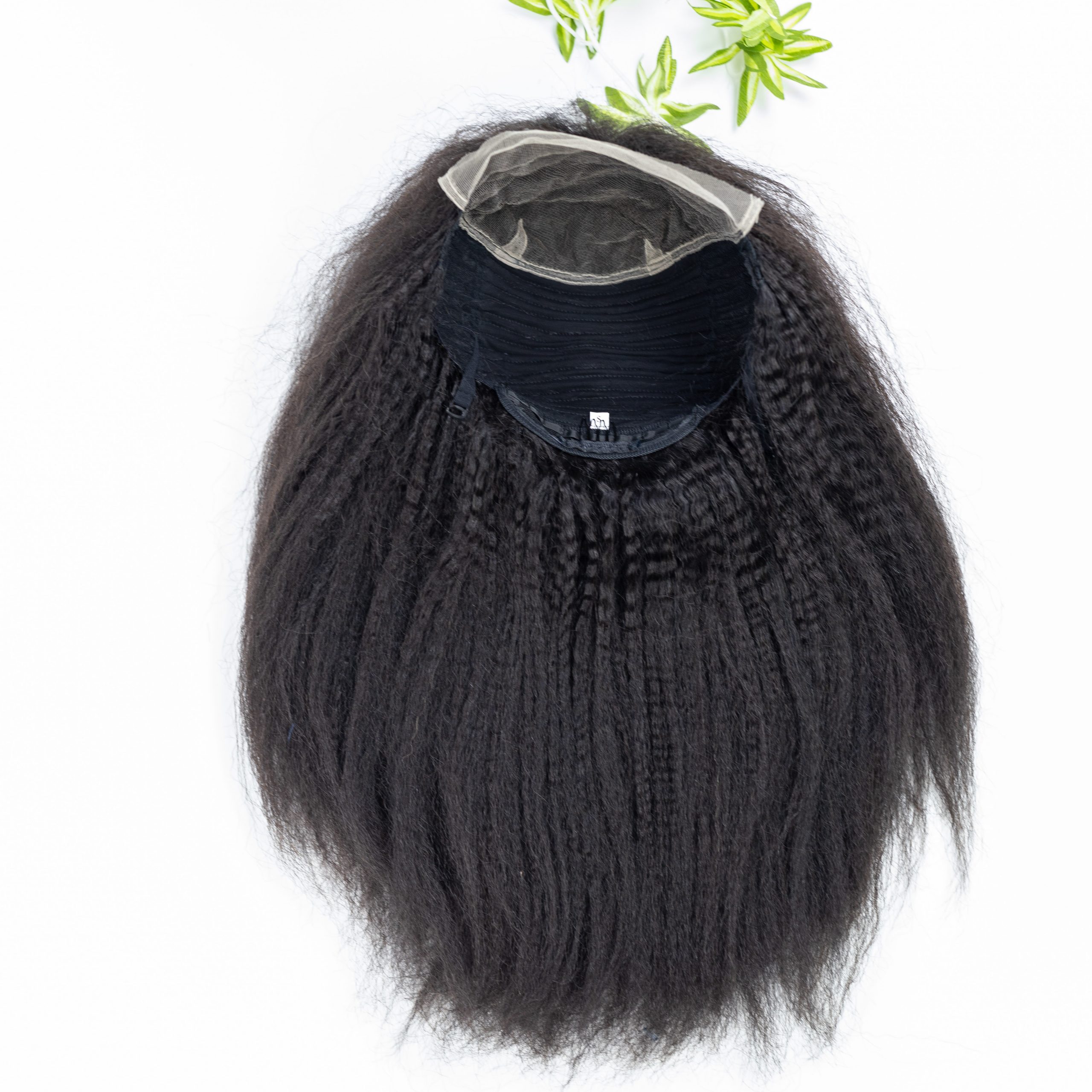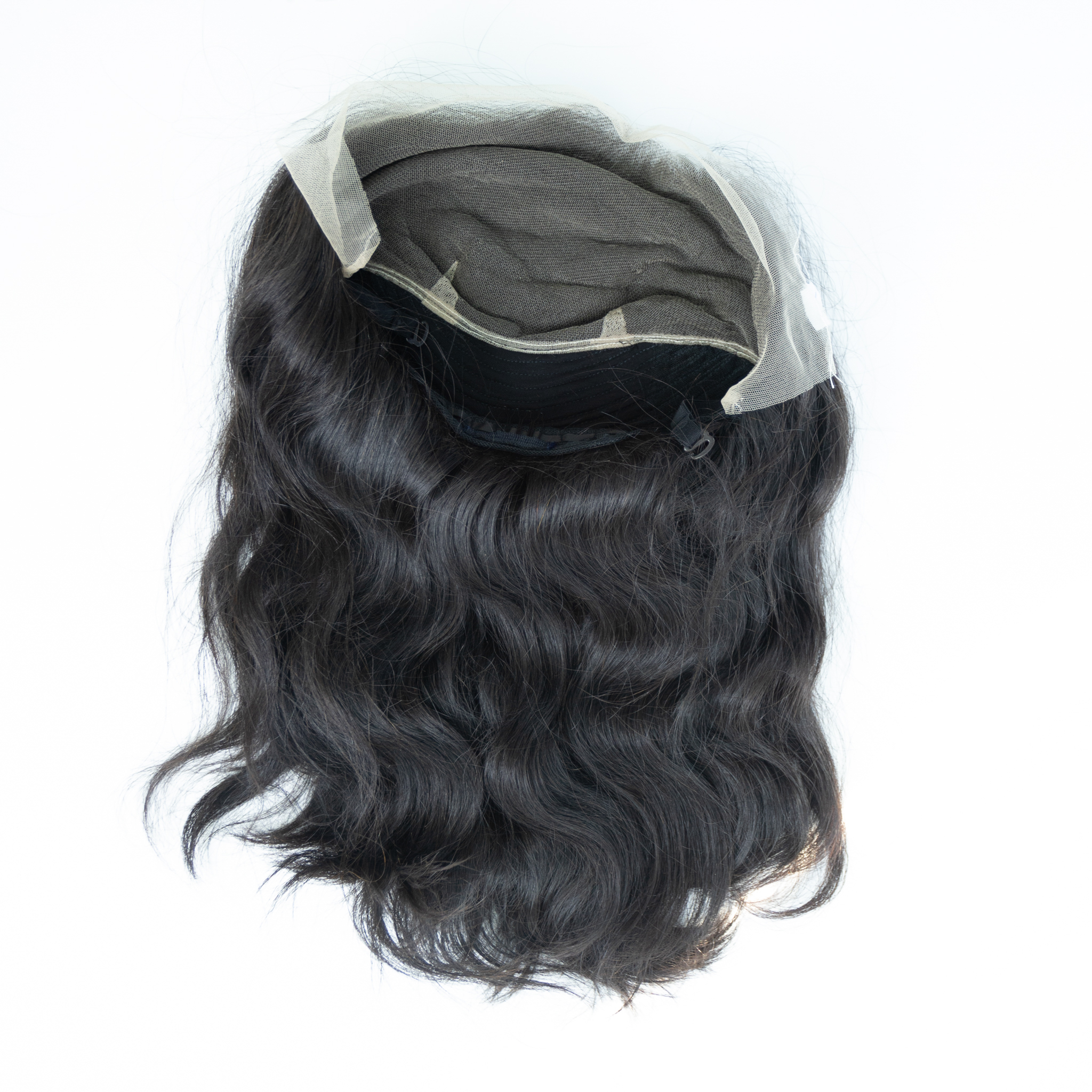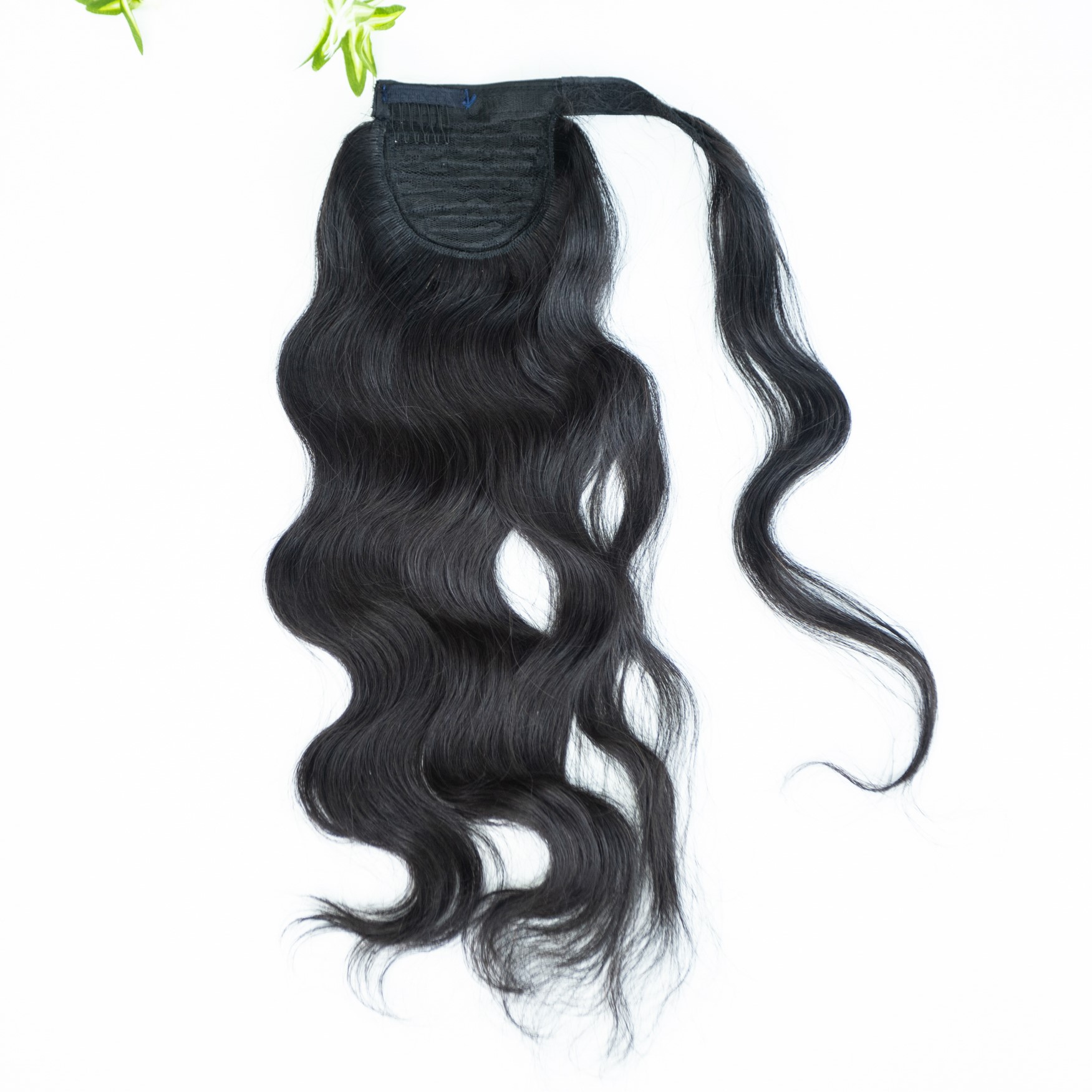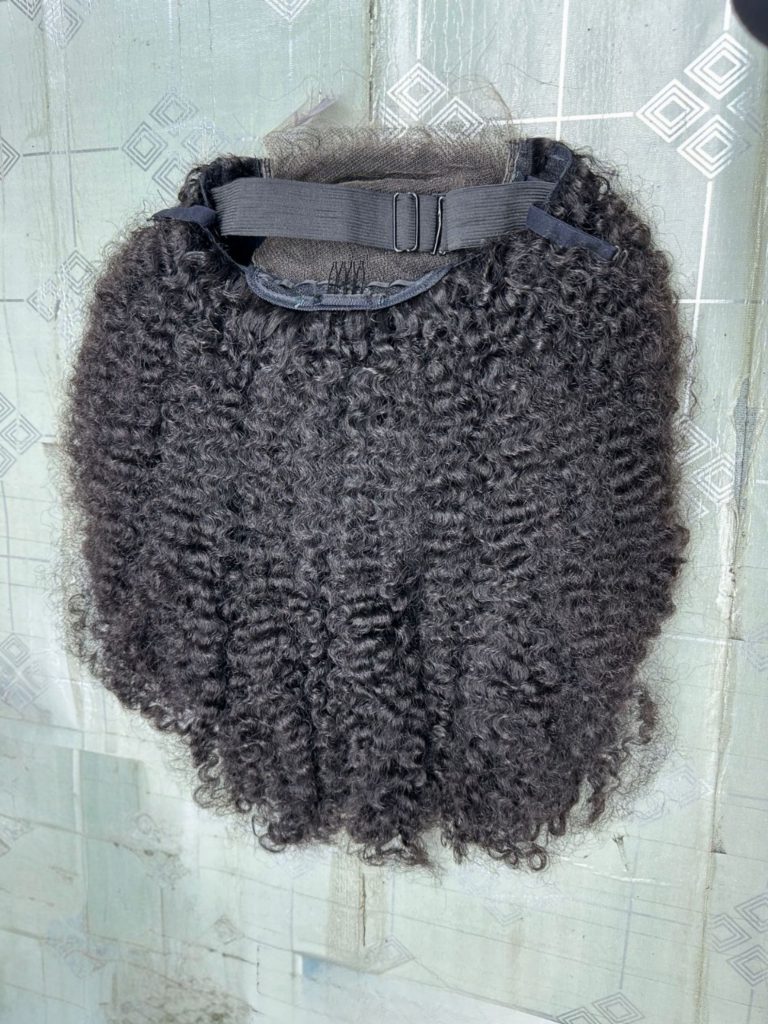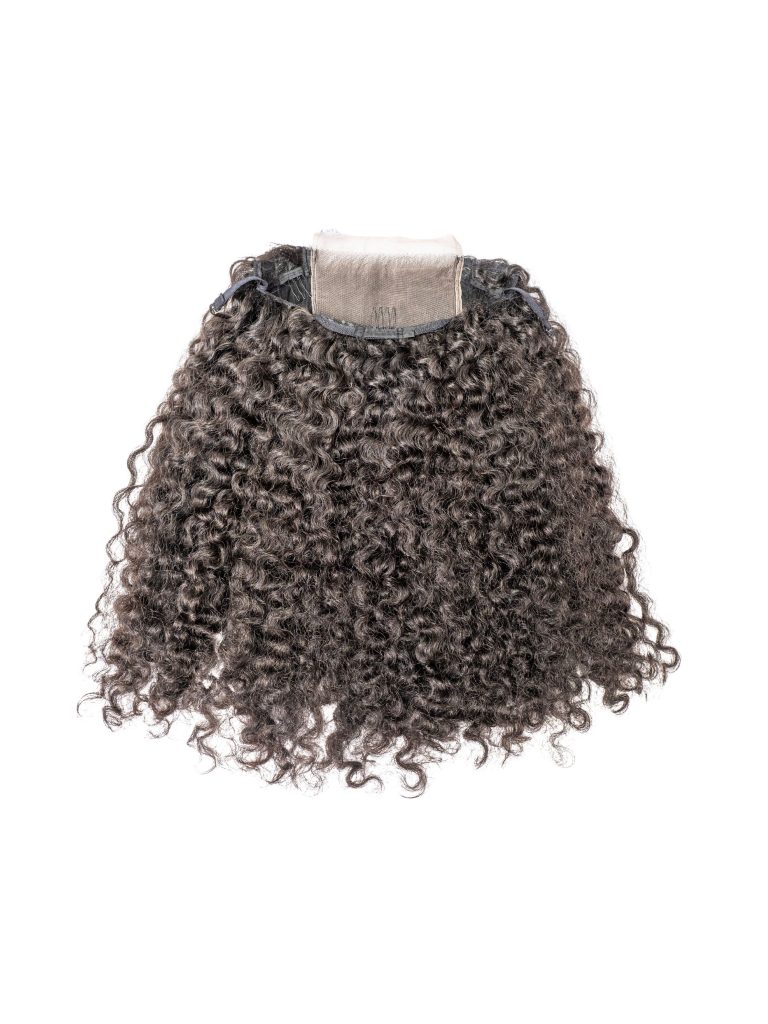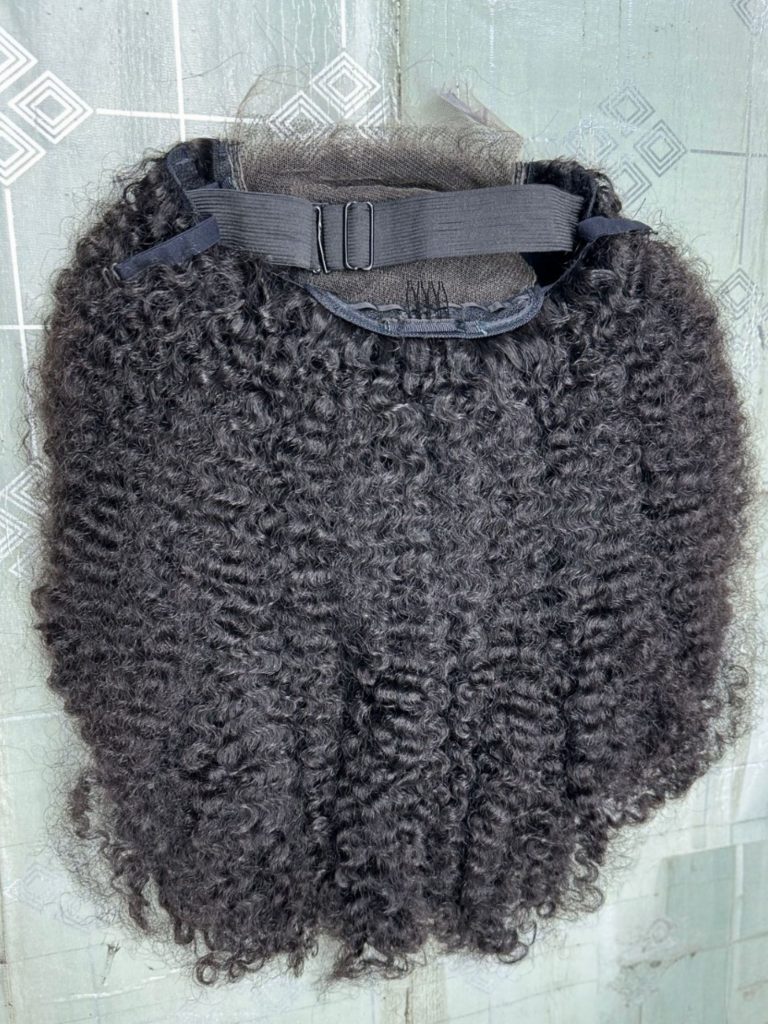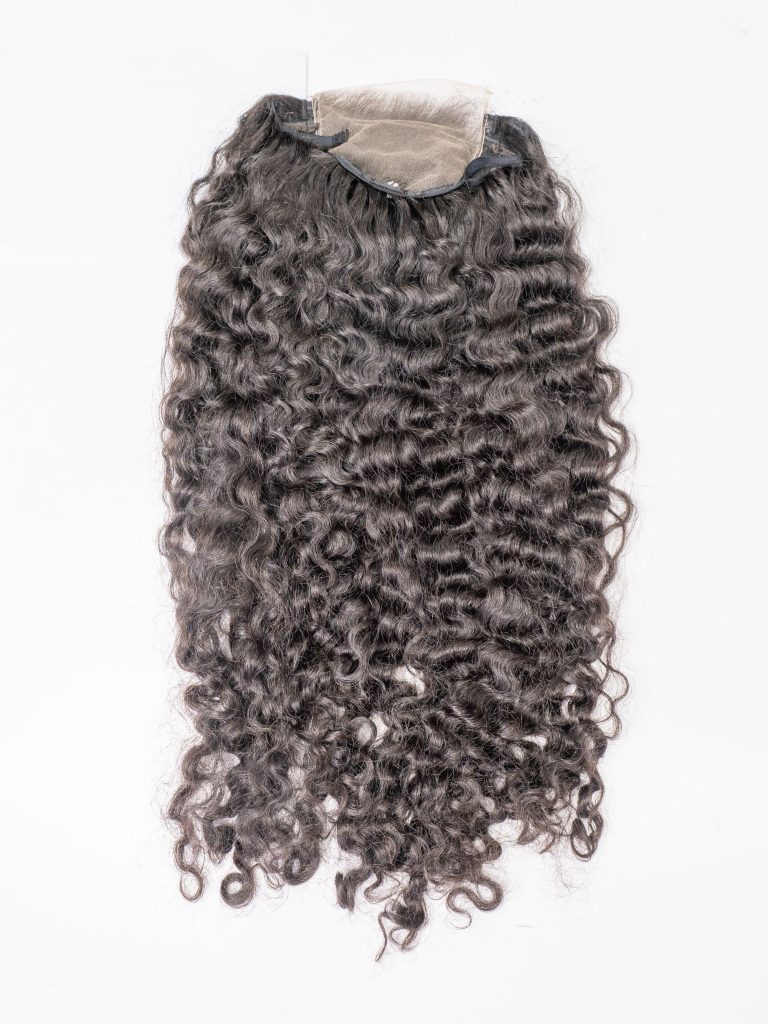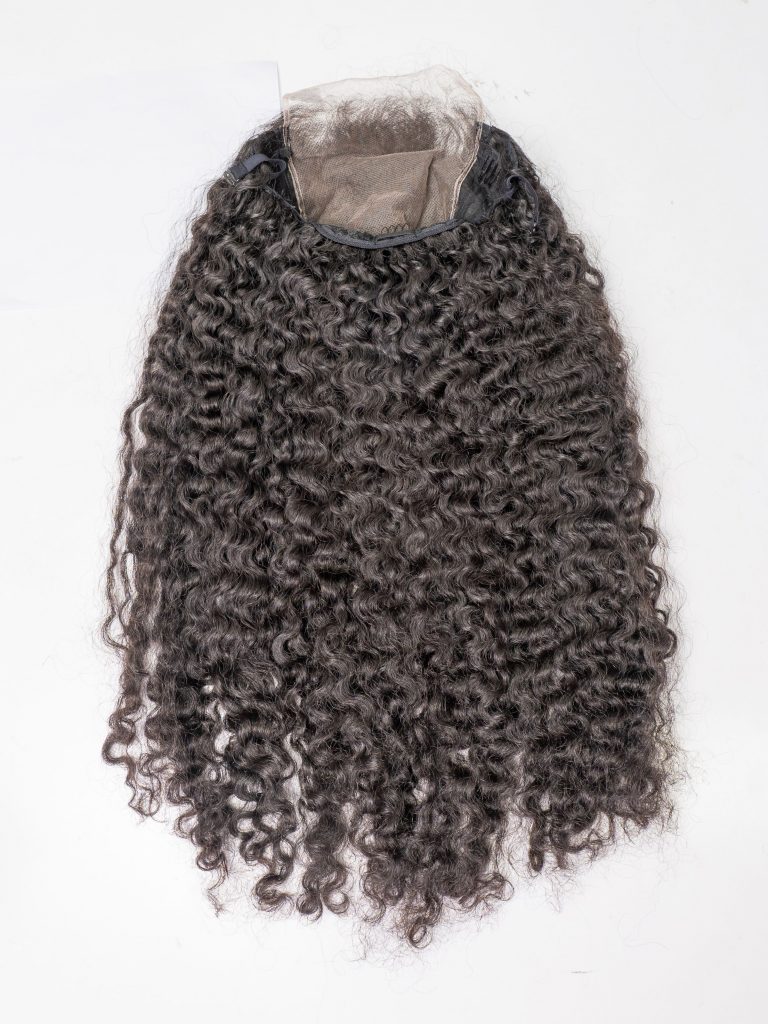Adding length and volume with
hair extensions can be a fantastic way to transform your look, but if you have naturally thick hair, achieving a seamless blend presents unique challenges. Unlike fine or thin hair, thick hair can easily overwhelm extensions, leading to a bulky, unnatural appearance if not properly addressed.
This comprehensive guide tackles these specific challenges head-on, providing practical, step-by-step advice on everything from selecting the right type and amount of extensions to mastering blending techniques that work perfectly with thicker hair textures. We’ll cover essential tips on matching color and texture, strategic placement, cutting and styling techniques, and maintenance to ensure your extensions look completely natural and undetectable, as if they’ve always been a part of your own gorgeous, full mane.
Selecting the Perfect Extensions for Thick Hair
The foundation of a seamless blend lies in choosing the right type of extensions. With thick hair, certain qualities are essential to avoid a stark contrast between your natural hair and the added pieces.
Prioritizing Human Remy Hair
100% Human Remy hair is the gold standard for extensions, and for good reason. The term “Remy” signifies that the hair cuticles are intact and aligned in the same direction, just like your natural hair. This alignment is crucial for preventing tangling and matting, but even more importantly, it allows the extensions to blend flawlessly with your own hair’s natural flow and movement. Synthetic hair, while more affordable, lacks this cuticle alignment, often resulting in a stiff, unnatural look that’s difficult to blend, especially with thick hair.
Matching Thickness is Key
One of the most common giveaways of poorly blended extensions is a noticeable line of demarcation where the natural hair ends and the extensions begin. This often occurs when the extensions are significantly thinner than the natural hair. For thick hair, it’s crucial to select extensions that match or even slightly exceed your natural hair’s density. Look for extensions that offer multiple wefts per piece, such as triple or quad wefted options. These provide the necessary volume to blend seamlessly with thicker hair.
Double-Drawn for Consistent Thickness
Another important factor is the thickness of the hair from root to tip. “Double-drawn” extensions mean that shorter hairs have been removed during processing, resulting in a consistent thickness throughout the entire length of the extension. This is vital for blending with thick hair, as thin, wispy ends will create a noticeable contrast against the bulk of your natural hair. Avoid single-drawn extensions, which tend to taper significantly at the ends, making blending much more challenging.
Blending & Lending & Styling For Seamless Blending
Blending Extensions with Thick Hair: Mastering Styling Techniques: Thick hair presents unique blending challenges, primarily due to its volume and density. However, with the right styling techniques, achieving a seamless integration is entirely possible.
Smoothing the Texture: With thick hair, there’s often more natural texture to contend with. Using a straightener can help smooth down any frizz or flyaways, creating a more uniform base for blending. This is particularly important when aiming for a sleek, straight style.
Harnessing the Power of Curls: Curls are incredibly effective for blending extensions with thick hair because they add volume and movement, which helps to camouflage any potential lines of demarcation. The natural bounce and texture of curls work in harmony with the thickness of your natural hair, creating a cohesive and natural-looking style.
Creating a Natural Transition: Because thick hair has more volume, it’s essential to create a smooth transition between your natural hair and the extensions. Subtle layering, as mentioned before, is key. This prevents a bulky or shelf-like appearance, which can be a common issue when blending extensions with thick hair.
